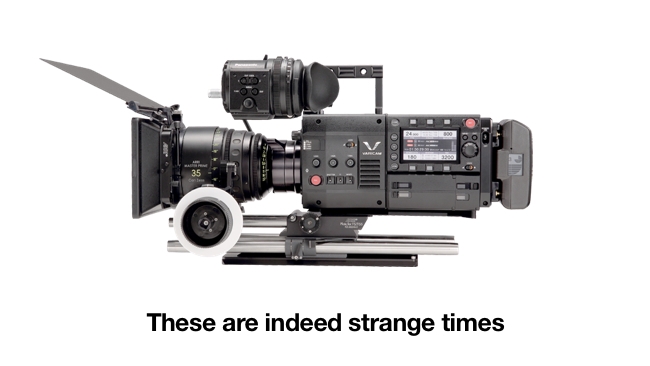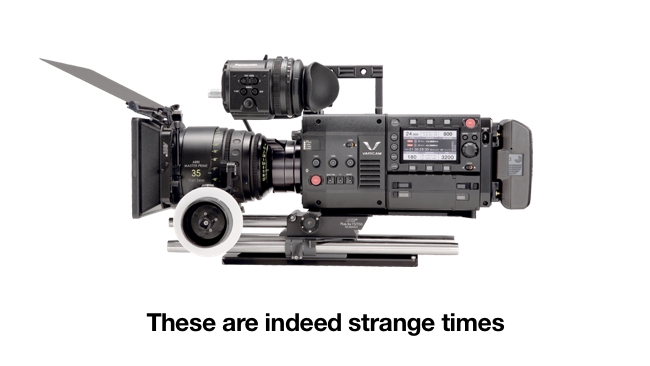
 Panasonic 4K Varicam
Panasonic 4K Varicam
Why is a big company like Panasonic licensing ProRes not from Apple but from Atomos?
This was announced some time ago but we've just looked at it again and on reflection, it does seem really surprising - if completely plausible.
A few weeks ago, Panasonic announced ProRes support for their 4K VariCam.
This in itself was surprising - every bit as much as Sony's revaluation that their F5 and F55 cameras were going to be 4K - capable as well.
If all you want to do is decode ProRes, it's simple enough. Apple encourages this. But encoding it is quite another matter.
The thing is that Apple wants to make sure that all "flavours" of ProRes are as good. They want to maintain their standards. Which means that they can't just grant licences to just anyone.
Not that Panasonic is "just anyone", but if they're new to writing ProRes software, then they would have to go through all kinds of certification and testing, and it could take years.
You may be wondering why Apple wouldn't just make some libraries available for developers? This would ensure consistency and quality.
Libraries for what?
But libraries for what?
The problem is that you can't just encode HD or 4K video to ProRes in software, on the sort of processor that you find in cameras. What you need are dedicated ProRes chips or FPGAs (Field Programmable Gate Arrays) which are hardware that can be programmed to behave in a certain way but which will always process at hardware speeds.
We are seeing more and more manufacturers include this type of technology (whether it's actual FPGAs or something similar) in their cameras: the Blackmagic URSA apparently has a surplus of FPGA capacity for future use.
But each type of chip is different. They can't run high level software because that would impact on the speed, so it tends to have to be hand-crafted and written at a very low level, to squeeze every micron of performance out of the hardware.
And this, I think, is why Panasonic has licensed the ProRes software from Atomos.
Normally thought of as making HDMI and SDI recorders, Atomos has built its expertise around this field. What we presume has happened here is that Panasonic is using an FPGA device that is familiar to Atomos, and, because Atomos has already been through the grueling Apple ProRes certification procedure, using the Atomos code saves Panasonic time and money, even if they have to pay Atomos a licence fee.
Tags: Technology


Comments